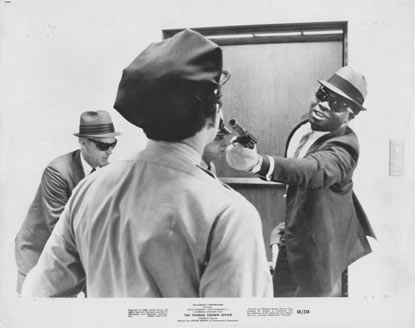Can we not tell an authentic literary work from a fabricated one? The answer is: no, we cannot tell, and never could. We have no real idea how many of the works that we treasure are the fruit of a literary hoax.
The fountainhead of the Western novel, Cervantes’s Don Quixote (1605), claims to be only a rough translation of a prior work in Arabic, which it is not. (…) André Makine’s first four novels, “translated from Russian by Françoise Bour” according to their title pages, were written in French. (…) The longest-running hoax of this kind are the exquisite Letters of a Portuguese Nun that first appeared in French translation in 1669 and were read, studied, and translated until 1954, when Leo Spitzer identified them beyond dispute as the work of Guilleragues, a friend of Jean Racine, who wrote them in French. (…)
Human speech has existed for a hundred thousand years and maybe even longer, but writing is a recent development - only five thousand years old - and we’re still getting used to it. There’s no problem knowing who said something, and knowing also that the meaning, force and value of what’s said depends on the person who said it. (…)
The greatest scam of all literature (excluding those we don’t yet know about!) happened in Paris between 1974 and 1981. A well-established, widely-read novelist with an unfashionable profile among the literati of Saint-Germain-des-Prés - he was a war hero, a Gaullist, a millionaire, a jet-set celebrity, an ex-diplomat, the ex-husband of one of the world’s most beautiful women, and a journalist to boot - published a novel under a false name. In itself that is quite ordinary: Molière, Voltaire, George Sand and George Eliot didn’t use their real names either. But Romain Gary’s special twist was to make sure that his publisher didn’t know who the author of the new novel was either, and that took a good deal of extra-literary cloak-and-daggery. The manuscript was handed in by an accomplice in an envelope that purported to come from a French exile living in Brazil. Against all statistical odds, the publisher’s reader spotted the text–called at this stage The Loneliness of a Python in Paris, and recommended it strongly to the editorial board. A contract was signed by exchange of letters with a fictional entity called Emile Ajar, and Gary had another unwitting accomplice sign it, so he should not himself be guilty of forgery. Gros-Câlin - the title finally chosen by the publisher - appeared in the autumn of 1974 and was a runaway success. An entirely fictitious author-biography was circulated, and accepted as true. Gary set about writing the sequel, which turned out to be the highest-selling French novel of the twentieth century: La Vie devant soi (”Life Before Us”) by Émile Ajar, to which the Académie Goncourt awarded its 1975 prize, the greatest accolade available for a French novelist, including non-existent ones.
But what had started as a change of writerly identity and an escape from a public persona that Gary found increasingly oppressive turned into a quite different kind of experiment. Because a Goncourt Prize puts the author into the media spotlight, and because neither the publishers nor the press had yet met “Emile Ajar”, Gary decided he would create him - not on paper, but for real. He enrolled his cousin’s son, Paul Pavlowitch, to play the role of Ajar in interviews and in discussions with publishers. Gary would write the script and fund all the travel (meetings were held in Geneva and Copenhagen, as the Ajar cover story made the writer a fugitive from French justice). Pavlowitch just had to follow the instructions. But the identity of the stooge was discovered by reporters, and his relationship to Gary uncovered. What Gary then did took literary subterfuge into a different realm. Instead of giving his game away and exulting in the victory of literature over the literary establishment, he doubled the stakes and lied his head off. No, he was not Emile Ajar And yes, it was quite flattering that his younger second cousin had been influenced by his own writing. Even so, the bloodhounds seemed too close to the kill, so Gary holed up in his retreat in Geneva and dashed off a double-hoax to put them off the scent for ever. Calling it Pseudo - a flagrant use of a literal truth to mislead the reader entirely - Gary penned a feverish, lunatic, fabricated confession by Paul Pavlowitch, saying that he was indeed Emile Ajar, and that he was insane. (…)
In this meta-fraud of a book, Gary tells the strict truth - but by packaging it as the ravings of a pseudonymous lunatic he persuaded everybody that Émile Ajar was indeed Pavlowitch and that Pavlowitch was mad. (…) The secret was kept until after Gary’s death.
{ Untitled Books | Continue reading }



















